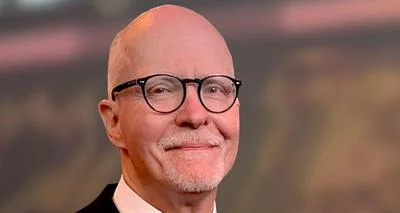Advocate Trinity Hospital issued the following announcement on Sept. 12.
Lower back pain can be caused by many things, including injury or aging. Often it’s a symptom of another problem. For example, you can strain a muscle while lifting – without realizing it – and wake up the next day with a backache.
Even when the problem lies entirely with the spine, pain can radiate beyond the lower back to your butt or legs. So finding the source of pain can be tricky.
Types of lower back pain
Strain and sprain of back muscle and ligament: Usually gets better in matter of days to weeks.
Internal Disc Disruption (IDD): Results from tears inside a spinal disc where new nerve fibers grow making the disc itself painful. IDD often occurs between ages 30-50. Pain is typically in the center of the back and gets worse with prolonged sitting.
Facet joint related pain: Usually caused by injury or arthritis. Facet joints are paired joints on either side of your spine where two back vertebrae come together (with a disc between them). They work like hinges allowing your spine to arch back or roll forward in a controlled fashion. Usually pain is on one side of the lower back depending which side of the facet joint is causing pain.
Lumbar spinal stenosis: Caused by narrowing of the spinal canal that comes naturally with aging. You’ve likely seen elderly people with this condition leaning forward on walkers or shopping carts. It usually causes both butt and leg pain with or without much back pain itself.
Lumbar radicular pain (sciatica): Triggered by a pinched nerve root coming out of the spinal canal usually from a slipped disc (disc herniation). Pain occurs on one side of your butt with sharp pain shooting down your leg. As painful as it is, it will often go away on its own.
Sacro-iliac joint pain: Can be triggered by a slip or fall on your butt. Pain is mostly felt on one side of your butt.
Other causes: compression fractures from osteoporosis (bone thinning) in the elderly, cancer, and infection. (Fortunately, the last two conditions are rare.)
Learn more about back and neck pain, take a quick assessment by clicking here.
Original source can be found here.

Source: Advocate Trinity Hospital






 Alerts Sign-up
Alerts Sign-up